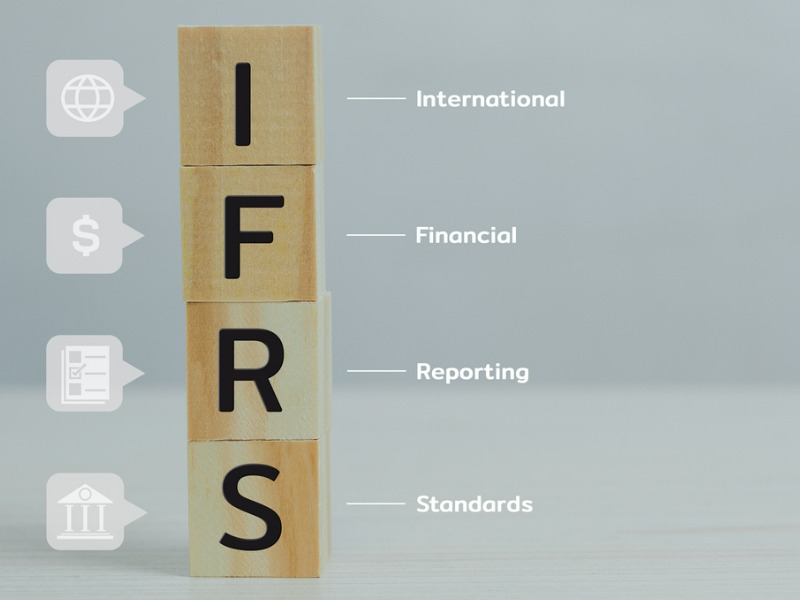Will IFRS 17 make insurers’ results harder to compare?

At best, it will be difficult to make initial comparisons to insurers’ IFRS 17 results, due to differences between companies’ approaches under the new accounting standard, said a report this week from Fitch Ratings.
A stated objective of the insurance accounting standard, which took effect for most insurers’ liabilities and assets respectively on Jan. 1, was to improve comparability.
Fitch’s analysis focused on 10 major European insurers’ accounting policies and calculations. It found major differences that can significantly affect the results. Canada’s federal solvency regulator has likewise recognized the changes are complex and will be challenging.
And, last summer, the Office of the Superintendent of Financial Institutions released the final minimum capital test 2023 guideline, reporting forms and instructions.
One area of inconsistency, Fitch noted, is that some companies incorporate an illiquidity premium into their discount rates based on their own asset mixes. But other companies use an illiquidity premium that’s based on a standard investment portfolio.
That means two companies with similar investment portfolios could end up reporting contractual service margins (CSMs) that are quite different. CSMs represent “the unearned profit an insurer expects to earn as it provides services,” the report said.
“The lack of a standard definition under IFRS 17 for certain key metrics also hinders comparisons,” Fitch’s report said. “For example, the market has not settled on a clear definition for the ‘operating result’ or for the non-life combined ratio.”
What’s more, Fitch said, shareholders’ equity is typically slightly lower under IFRS 17 than under IFRS 4. This is particularly true for life insurers, where profits that had been recognized in shareholders’ equity at a contract’s inception are now, in part, accounted for in the CSM.
The ratings agency noted shareholders’ equity, plus CSM after tax, is typically higher.
The fact that, under IFRS 17, liability values and asset values move similarly in response to interest rate changes (in contrast to IFRS 4) means shareholders’ equity should become less volatile, the report said.
“But net income will be more volatile as more assets are accounted at fair value,” it added.
Fitch said, “despite the initial imperfections, IFRS 17 is an improvement on IFRS 4, making financial statements more transparent.
“Fitch expects IFRS 17 results to become more (but not fully) comparable over the next two years, with insurers, analysts and investors gradually developing enough confidence in the new accounting standard to use it as a basis for decision-making.”
Until then, Fitch said it doesn’t expect the new standards to significantly impact insurers’ business models or credit ratings.
Feature image by iStock.com/hirun



